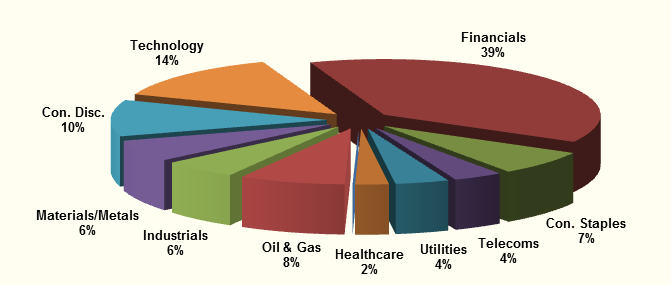Risks involved in equity Investments and how to mitigate it
Post on: 1 Июль, 2015 No Comment

Kotak Securities has furnished a write up on the Risks involved in equity Investments and how to mitigate it
Fear of losses can affect your investment behavior
Two emotions that drive individual investor attitude toward investing are fear and hope. Fear which makes people focus on the downside and strive for security. Hope focuses on potential gains and drives aspirations. A natural byproduct of these emotions is that they drive investors tolerance for risk, which in turn affects the way they structure their portfolios. Investors who are driven mostly by fear tend to focus on investment risk and are naturally most risk averse. Those driven on hope tend to focus more on potential gains and are less risk averse. The relative tradeoff between fear and hope ultimately determines the investors risk aversion and resulting allocation to risky versus secure investments.
Fear sometimes not only makes you risk averse but also makes you loss averse. Loss aversion refers to the individuals reluctance to accept losses. A stock may be down considerably from its purchase price, but investor holds on to it, hoping that it will recover. You can relate this to a gambler who keeps throwing the dice, hoping to break even. This is one of the most common behaviors seen among investors.
Nobody likes to see the value of investments going down but at some point they will fall, simply because of the ups and downs of the market. And how you respond to short-term losses will determine your long-term investment success.
Loss aversion can lead to various forms of negative investment behavior. Here are two of the most common results of loss aversion:
Seeking risk-free investments When you think of investment losses, the first thing that probably comes to mind is a drop in stock prices. If youre loss-averse, you might seek to avoid this situation by simply avoiding stocks and placing all your money in other risk free investments. While some of these investments may seem risk free, you must also consider factors such as inflation risk because there is a possibility that these investments may provide returns that dont even cover the rate of inflation. Thus instead of loss aversion your ability to take risk should define your investment decisions.
Holding losers too long From time to time, you will own investments that, for whatever reason, underperform. If youre highly loss-averse, you will have a tough time acknowledging the losing nature of your investments and you will be tempted to hold on to them for longer period in a hope that they will bounce back. But if the investments fundamentals change, or if the investment no longer aligns with your goals, it may be time to sell it and look for other opportunities. Fear of losses makes an investor hold on to loosing stocks for too long and sell winning stocks too early.
So while investing, an investor should be aware of the potential effects of this loss aversion behavioral bias and should accept the fact that short-term losses are part of investing and that every single investment carries some type of risk and fear of losses should not determine your investment behavior.
Investment losses, even short-term ones, arent much fun. But by not overreacting to these losses, and by diversifying your portfolio in a way that best meets your individual needs, you can look past todays losses toward tomorrows possibilities.
Historical patterns of investor behavior have shown that surging equity market volatility can cause some investors to make hasty, emotionally charged investment decisions that often turn out to be regrettable. Thus fear of loss can lead to biases while making investments so the investor must base his investment decisions on rational mean variance analysis rather on rules based on experience and trial and error because it can lead to losses in the long term.














